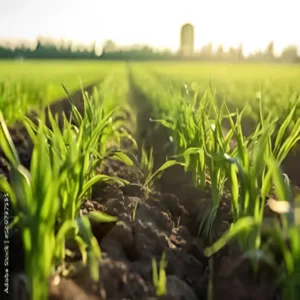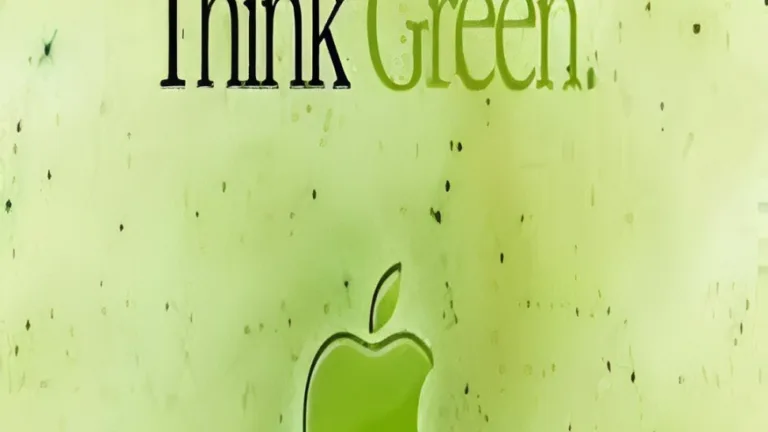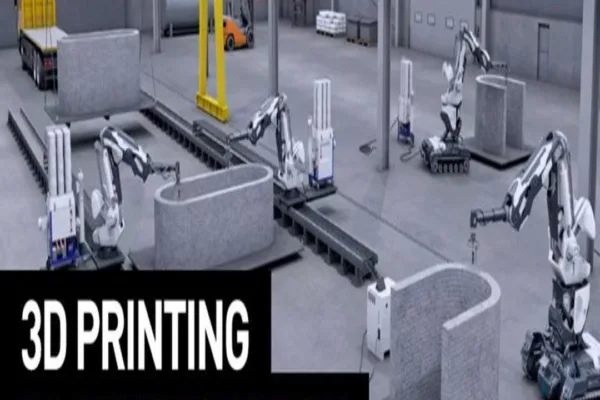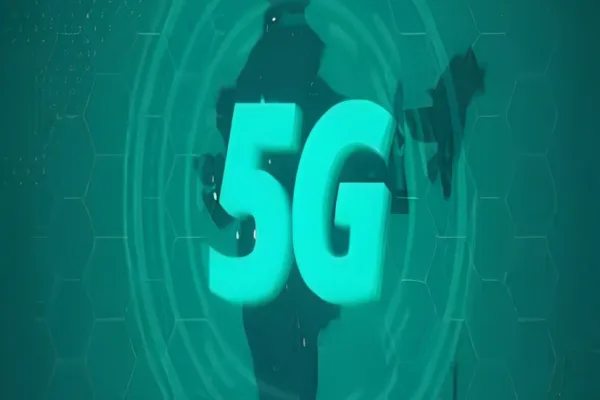Apple announced it had landed investment in the Restore Fund from two key partners: Taiwan Semiconductor Manufacturing Company, or TSMC, and Murata Manufacturing.
It supports projects that conserve large ecosystems and avoid millions of tons of carbon emissions reaching the atmosphere. TSMC is investing up to $50 million, while Murata, a Japanese supplier for parts of the iPhone, is said to be readying an investment of up to $30 million.
These investments bring Apple’s total commitment to $280 million, up from its prior commitment of up to $200 million, to the second phase of the Restore Fund.
Restore Fund phase:
Apple also mentioned the companies it was working with as part of the first phrase of the Restore Fund that kicked off in 2021.
They are teaming up with the finest private forestry managers and organizations, including Apple, Goldman Sachs, and Conservation International, to set up forests in South America that will be sustainably managed. They will have to retire a million metric tons from the atmosphere by 2025.
Lisa Jackson talks:

According to Lisa Jackson, VP of Environment, Policy, and Social Initiatives, investing in nature is good business. It delivers environmental but also more healthy communities and a stronger global economy.
We see already the results of the Restore Fund in South America, which is just brilliant. Now, joining into this initiative are suppliers like TSMC and Murata to reduce their carbon footprint and make beneficial investments in the environment.
Projects selected into the RESTORE Fund undergo rigorous procedures of assessment to ensure that environmental, social, and governmental criteria are strictly adhered to.
Programs are aimed at establishing new, responsibly managed forests to meet increased demand for timber, therefore reducing pressure from natural forests.
That basically means that all projects handled and operated by institutions such as Symbiosis, BTG Pactual Timberland Investment Group, and Arbaro Advisors meet the strict criteria of the Restore Fund.
Use of renewable energy source:
TSMC and Murata joined Apple’s Supplier Clean Energy Program, which requires all their suppliers to agree that all Apple production will only run on renewable energy by 2030.
Apple requested in 2022 that all of its suppliers decarbonize all processes having to do with Apple products by the end of the next decade. This will involve deploying high-quality carbon removal techniques to deal with inevitable emissions produced.
Regenerative Agriculture:

A fund that TSMC and Murata will invest in will finance projects focused on regenerative agriculture and ecosystem conservation in a bid to produce both carbon and financial advantages.
Apple is doing quite a lot to downsize their carbon footprint and has set a goal to have full carbon neutrality across their business before the year 2030. Their key targets are reducing direct emissions and offsetting residual emissions only through high-quality carbon removal. Offset: For now, they simply offset hard-to-avoid or hard-to-reduce emissions by purchasing carbon credits. Their carbon credits are procured from projects where carbon has genuinely been eliminated.
Conclusion:
Apple’s involvement in the Restore Fund with TSMC and Murata underlines its commitment to a clean environment. These kinds of collaborations really speed up actual positive change toward a green future through mammoth investments aimed at reducing carbon emissions and protecting ecosystems.
As a leader in showing the power of collective action on climate change, Apple is setting a norm with rigorous baseline standards for Pledge initiatives and open processes. If taken together, these initiatives will perhaps indicate nothing more than a sea change toward a more sustainable economic model—moving future generations right at the very front when it comes to Earth’s well-being.





